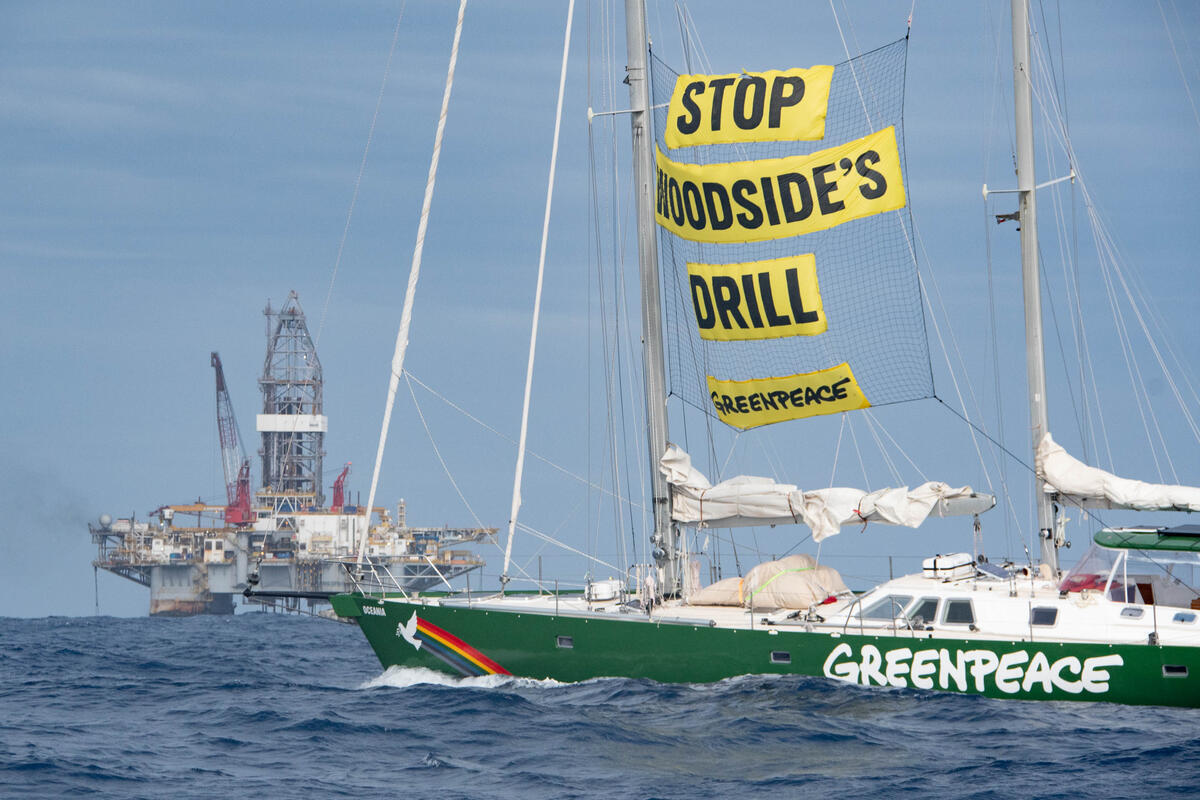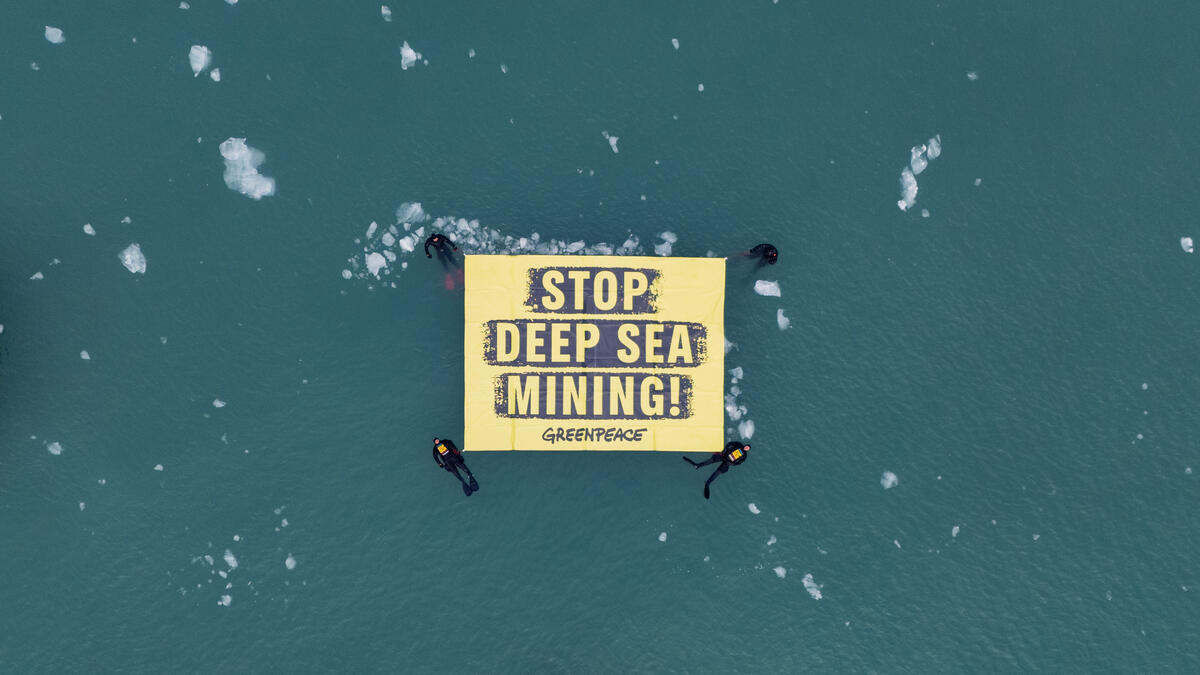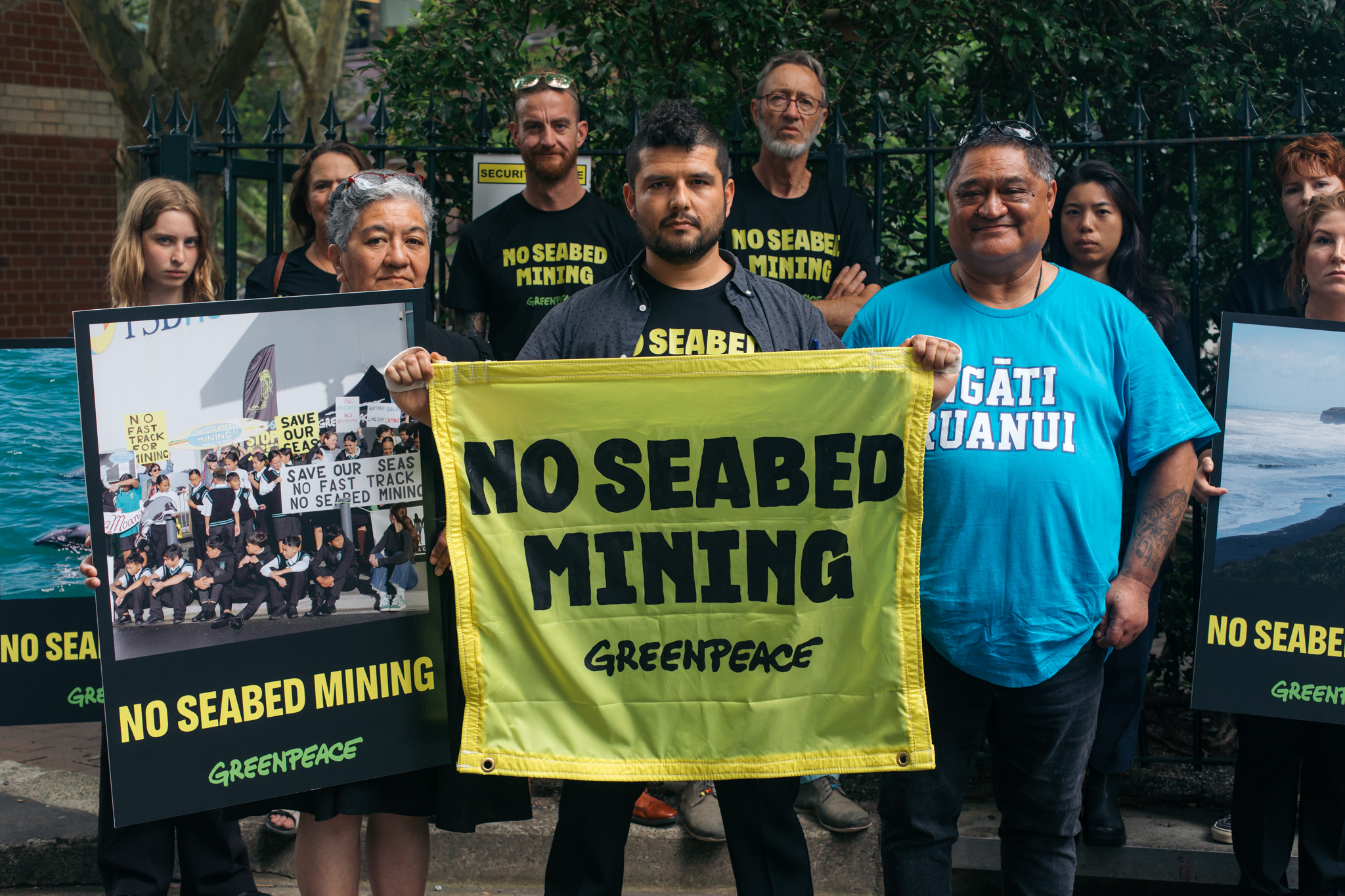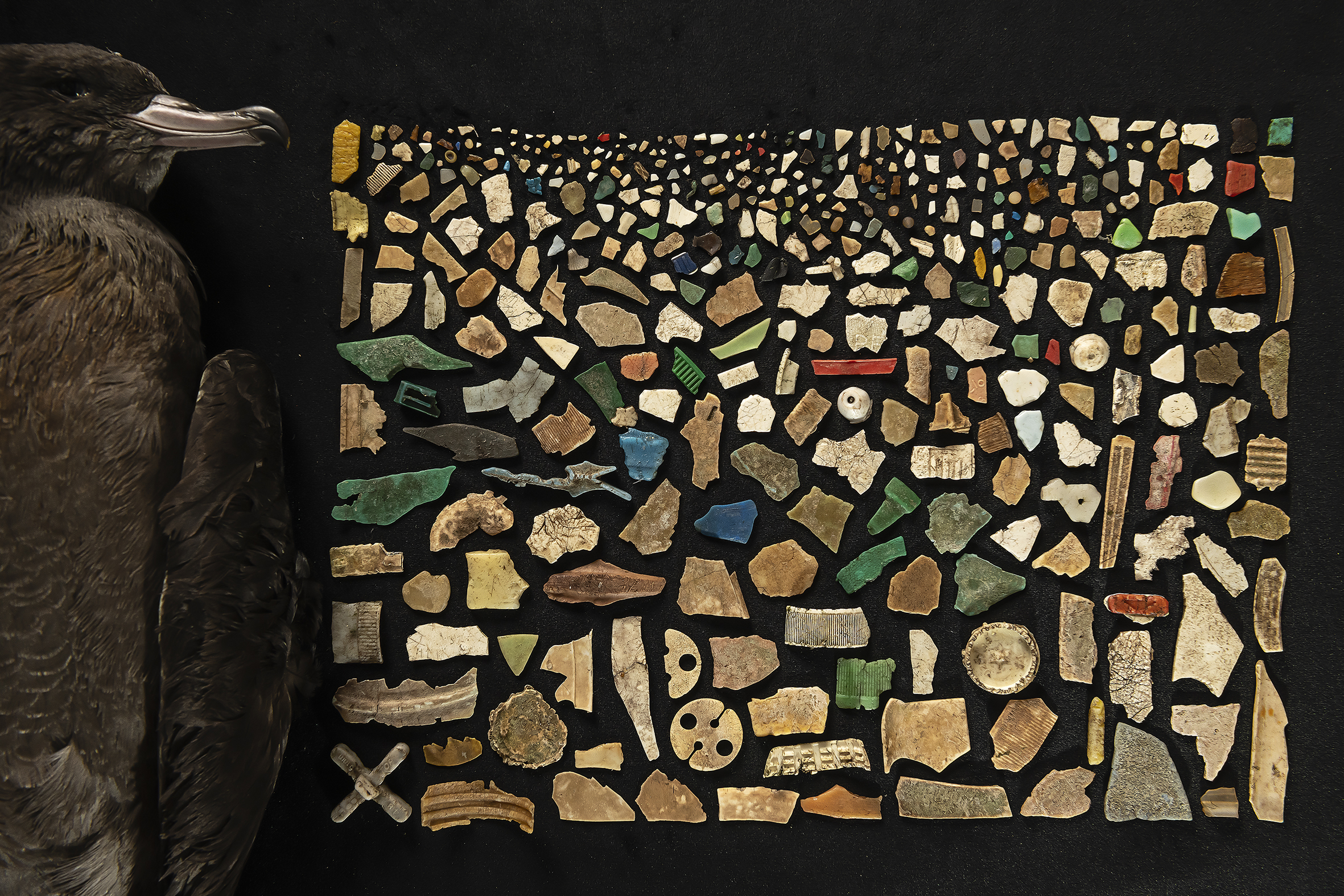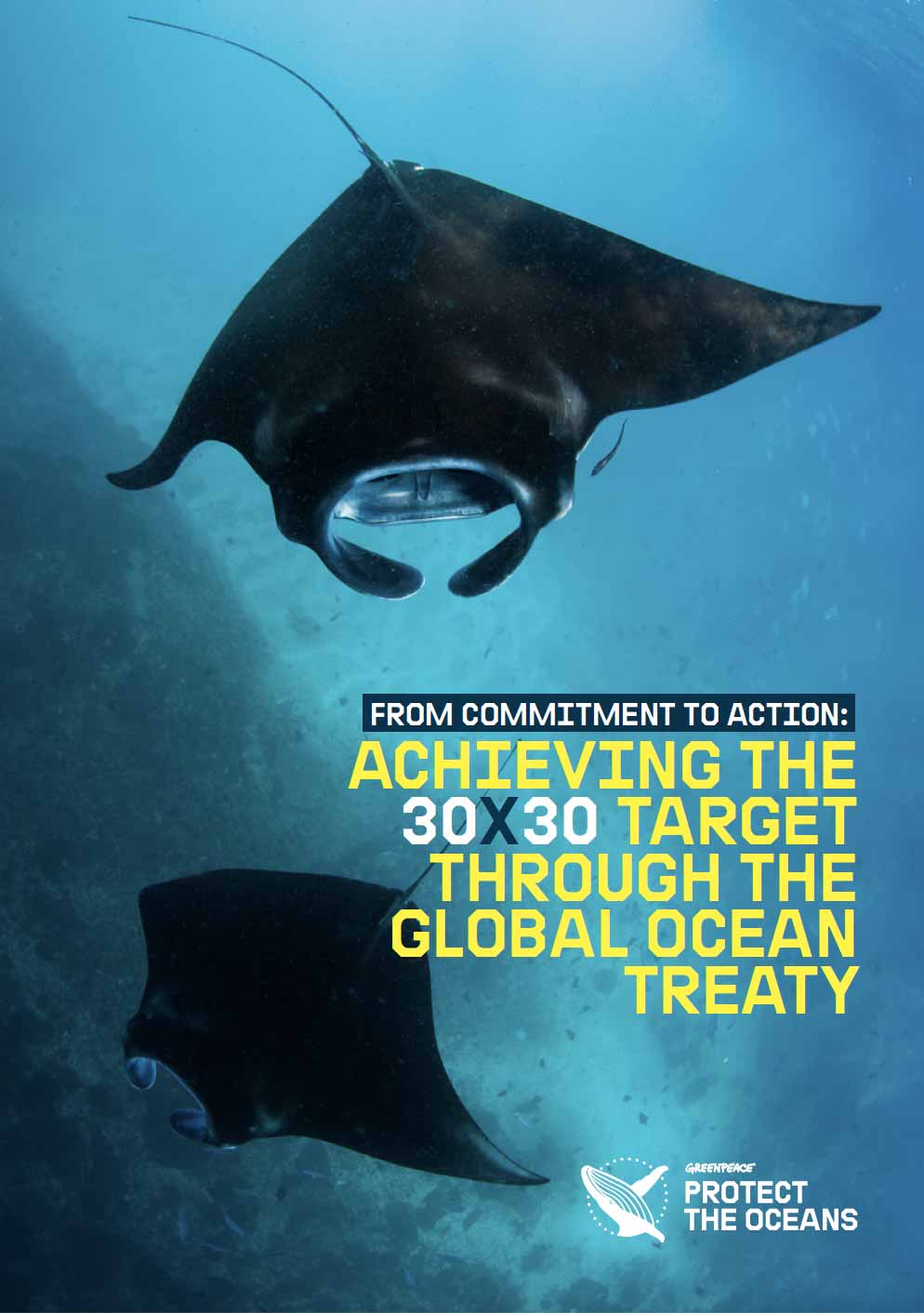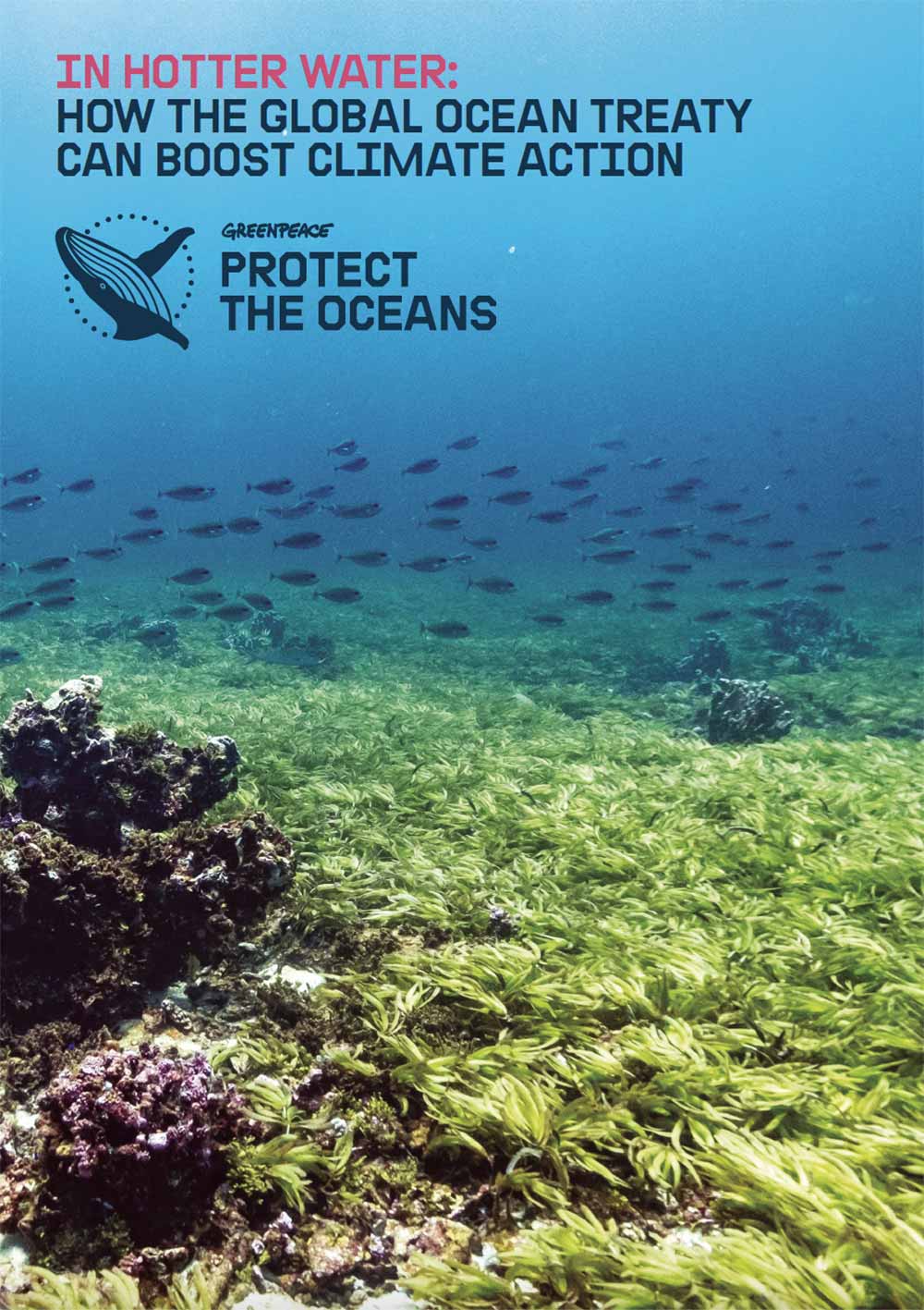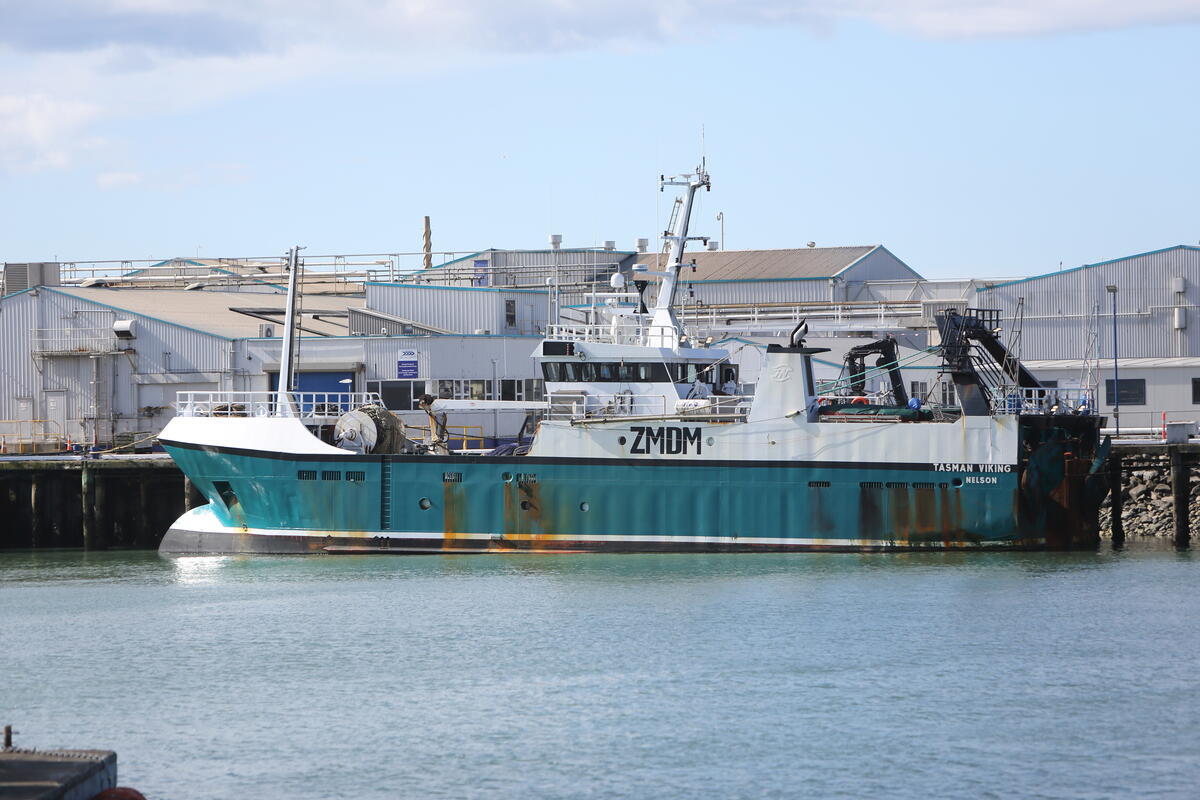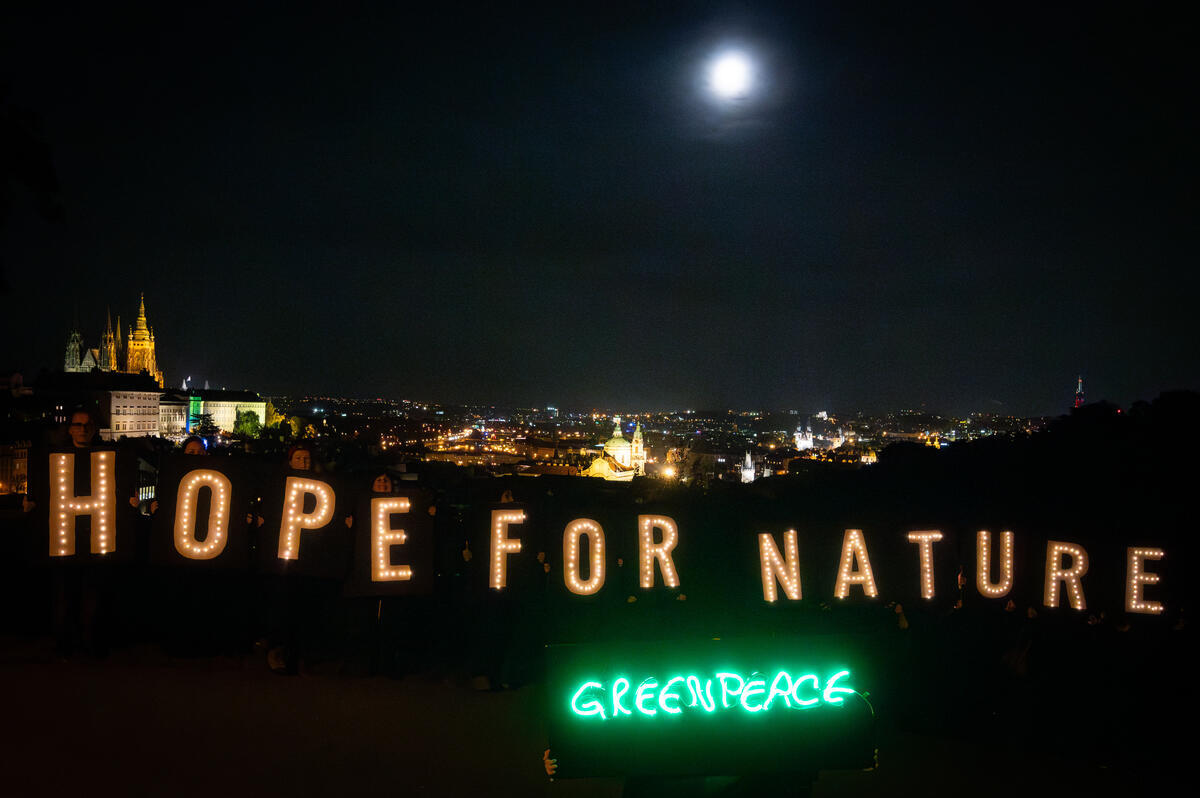All articles
-
“Stunning dedication”: first ocean sanctuary in Marshall Islands announced
FRIDAY 31 JANUARY 2025 — The Republic of the Marshall Islands has announced its first marine protected area in the Pacific Ocean, a “stunning dedication to ocean protection for Pacific…
-
Woodside’s Browse carbon dumping plans an expensive distraction from real climate action
SYDNEY/PERTH, Thursday 9 January 2025 — In response to Woodside’s referral of its Browse CCS proposal to the federal government for assessment, the following comments can be attributed to Geoff…
-
Deep sea mining plans stopped in Norway
After more than a year of massive pressure from activists, scientists and the international community, the Norwegian government has agreed to stop the first licensing round for deep sea mining in Arctic waters.
-
Māori elders, Greenpeace disrupt AGM of Sydney mining company behind ‘zombie seabed mining project’
SYDNEY, Thursday 28 November 2024 – A Māori elder alongside Greenpeace activists has disrupted the annual general meeting of the Australian mining company Manuka Resources in Sydney, which is preparing…
-
403 pieces of plastic were found inside this bird’s stomach
World leaders are meeting for the final round of negotiations on the Global Plastics Treaty. A seabird fledgling found dead on Lord Howe Island reminds us what’s at stake.
-
REPORT: From Commitment to Action – Achieving the 30×30 target through the Global Ocean Treaty
In 2022, the 15th Conference of the Parties to the Convention on Biological Diversity (CBD) adopted the Kunming-Montreal Global Biodiversity Framework (GBF), which aims to halt and reverse biodiversity loss.…
-
Report: In Hotter Water – How the Global Ocean Treaty can boost climate action
In December 2019, Greenpeace International released 30×30 In Hot Water: The climate crisis and the urgent need for ocean protection. This makes the scientific case for creating a network of marine sanctuaries covering at least 30% of the world’s ocean, both to increase marine life’s resilience to climate change and to help mitigate its effect…
-
Coral pulled up by NZ trawler “environmental vandalism”, says Greenpeace
SYDNEY, Friday 01 November 2024 – Reports that a New Zealand trawler has destroyed almost 40 kilograms of deep sea corals in a region of the Pacific Ocean earmarked for…
-
Risky Business: Greenpeace report reveals Woodside’s history of environmental neglect
SYDNEY, Wednesday 23 October 2024 — A report from Greenpeace Australia Pacific released today catalogues gas corporation Woodside’s troubling history of environmental neglect, as evidence mounts that its Burrub Hub…
-
UN biodiversity target set to be missed by eight decades, Greenpeace warns
Cali, Colombia/Sydney, Monday 21 October 2024 – While governments begin talks at the UN Biodiversity COP16 in Cali, Colombia, a Greenpeace International report released today warns that at the current…


